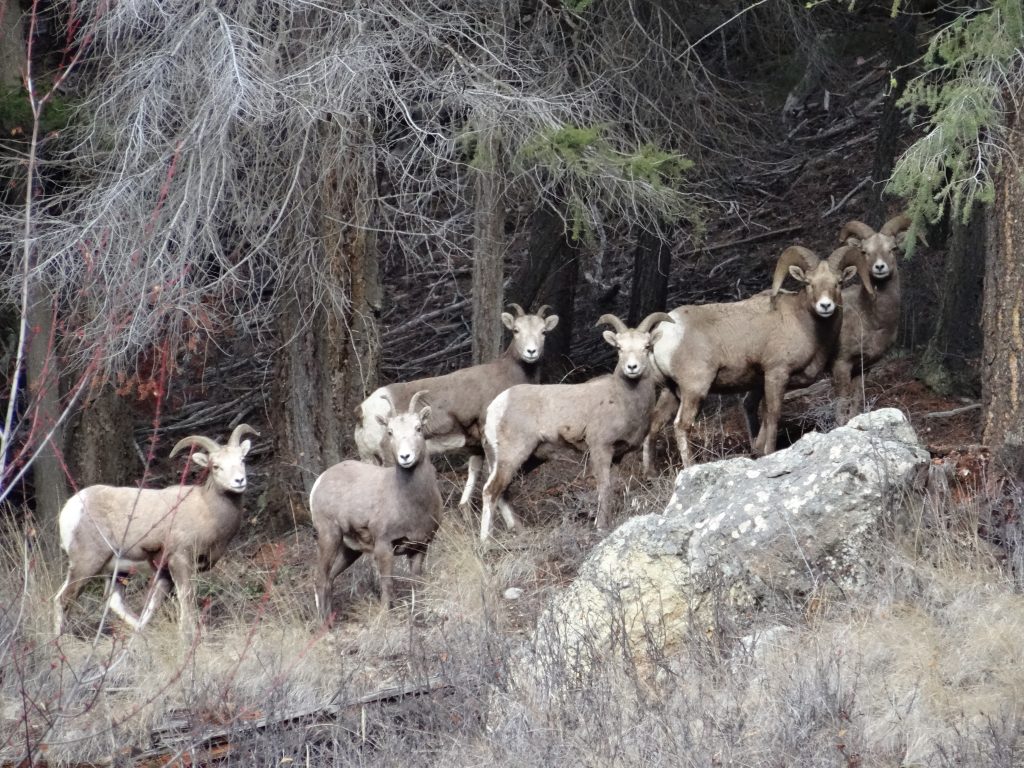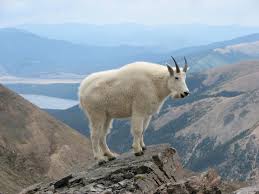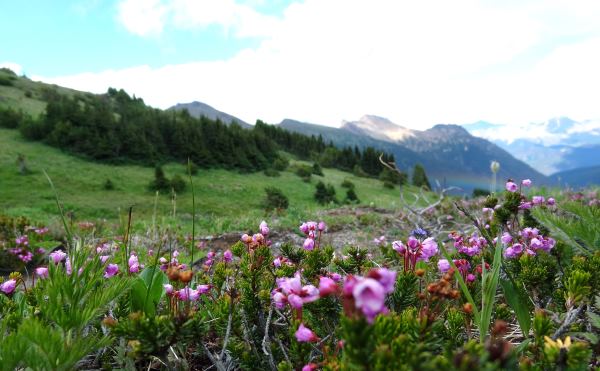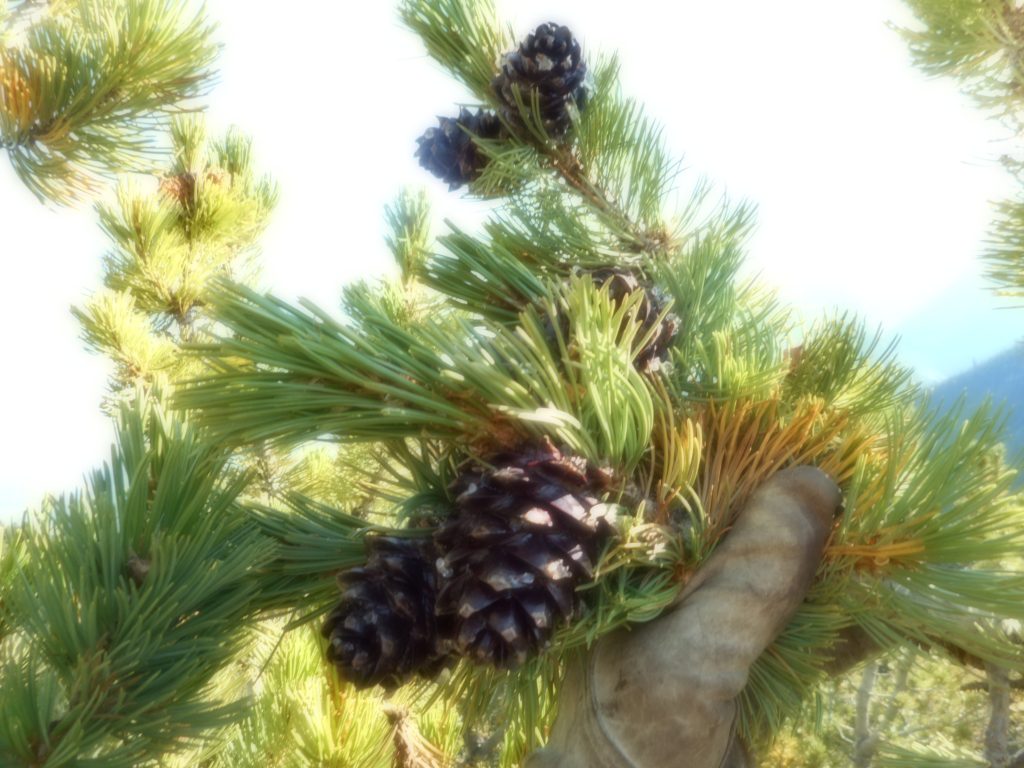Over the past thirty years, we have been conducting research in the south eastern part of the Chilcotin Ark to better understand the long-term dynamics of ecosystems and wildlife in the interior. With the results of our research, we have created detailed maps of wildlife populations and habitats that are used by the government in land management plans to ensure appropriate land use.




